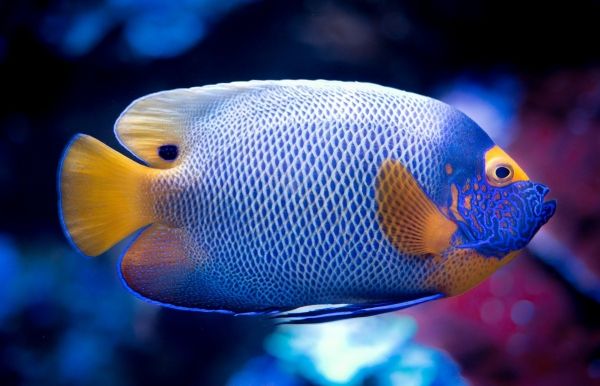Some species of fish, notably parrotfish and wrasses living on coral reefs, change their biological sex as they age, beginning life as females and later becoming functionally male. New work from the University of California, Davis, shows that this sequential hermaphroditism evolves when bigger males gain an advantage in reproductive success — for example by defending a permanent mating territory.
“People have wondered why this kind of sex change evolved,” said Jennifer Hodge, a postdoctoral researcher in the Department of Evolution and Ecology in the UC Davis College of Biological Sciences. A paper about the work by Hodge, research associate Francesco Santini and Professor Peter Wainwright is published online in The American Naturalist.
Fishes are the only vertebrates to show such a sex change over their lifetime. The prevailing theory is that sequential switching from female to male evolves when it is more beneficial to reproduce as a female when small and as a male when large — a circumstance that is likely to change depending on the social and mating behavior of the species.
Evidence to confirm this idea has been lacking, however.
Read more University of California – Davis
Image by Rudy and Peter Skitterians from Pixabay


